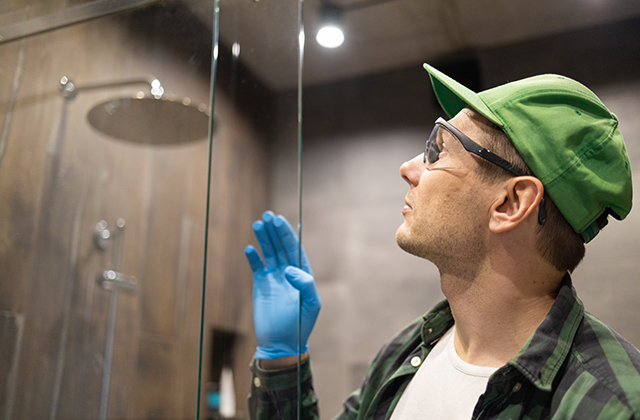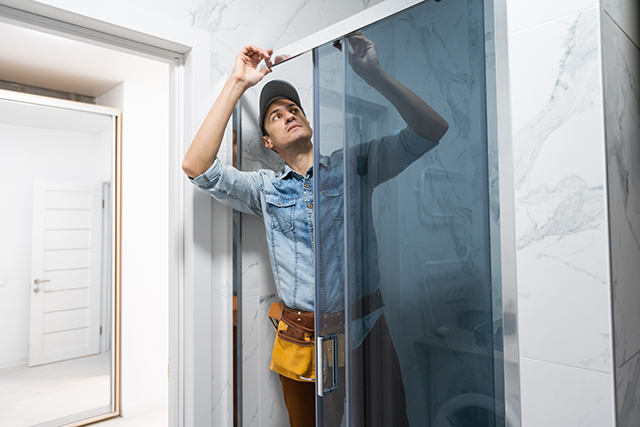Animatics have always played a crucial role in visual storytelling. They bridge the gap between still storyboards and full animation, helping directors, editors, and clients visualize timing, pacing, and shot transitions. As someone who’s been working in this space for several years, I can tell you: animatics are where ideas start to breathe.
But the process hasn’t always been easy. Traditional animatics are time-consuming to build, often requiring repetitive labor just to simulate basic movement, camera pans, or scene transitions. That’s where artificial intelligence (AI) has stepped in—not to replace artists like me, but to revolutionize how we work.
In this post, I’ll walk you through how AI is changing the game for animatics—from previsualization and workflow acceleration to client presentations and artistic experimentation. As a Sydney animatics artist, I’ve seen firsthand how this technology is helping creators deliver more compelling visual narratives—faster, smarter, and with more creative flexibility than ever before.
The Old Way: Manual and Labor-Intensive
Let’s start with some truth: making animatics the old-fashioned way can be a grind. Even for a short sequence, you might need to draw dozens of frames, import them into editing software, adjust timing manually, and layer in sound. Each small tweak—from a reaction shot to a camera move—requires another round of edits.
While this meticulousness has its merits, the demands of fast-paced productions—especially in advertising, short films, or online content—leave little room for such extended timelines. Time pressure often forces creators to cut corners or reduce detail, resulting in animatics that feel flat or underdeveloped.
As someone deeply invested in quality storytelling, I’ve always found this frustrating. I want my animatics to evoke emotion, tension, and rhythm—even in their roughest form.
Enter AI: A New Frame of Mind
In the last two years, AI has entered the animatics scene with real force. Tools like Runway ML, Pika Labs, and Kaiber AI now allow artists to animate still images, simulate camera moves, generate transitions, and even stylize visuals—all with minimal manual input.
Instead of redrawing frames to show a character turning their head or walking forward, I can use AI to interpolate movement between static poses. I can simulate a zoom-in or dolly shot using depth estimation tools. I can even apply motion blur or adjust lighting with AI-powered filters.
This doesn’t mean I don’t draw anymore—I still do. But now, my drawings can go further. AI allows me to expand on my frames in ways that would’ve been technically or financially impossible before.
As a Sydney animatics artist, I’ve started integrating AI into my process not to replace my work, but to enhance it—saving time on repetitive tasks so I can focus on emotional storytelling, rhythm, and atmosphere.
Smarter Previsualization = Better Client Communication
Animatics are not just for us—they’re a tool for collaboration. Whether working with directors, producers, or marketing teams, we use animatics to sell the idea before anyone spends real money on production.
The problem? Static animatics often fail to capture the emotional nuance of a scene. Pacing feels mechanical, characters feel frozen, and camera direction lacks impact.
AI helps overcome these limitations. With motion simulation tools, I can animate subtle camera tilts, eye movements, or atmospheric effects like fog or flickering light. These enhancements make my animatics feel more alive, which helps clients get emotionally involved in the vision.
The result? Fewer revisions. More buy-in. And a more efficient pipeline from idea to greenlight.
In client meetings here in Sydney, I’ve noticed a clear shift. When I show AI-enhanced animatics, stakeholders engage more readily. They ask better questions. They start seeing the final film—not just guessing at it. As a Sydney animatics artist, this has become one of my most valuable tools for pitching and collaboration.
Flexibility and Rapid Iteration
One of the biggest advantages of AI in animatics is speed—not just in creation, but in revision.
A director wants to change the timing of a reaction shot? I can do it in minutes. A client wants to explore a different angle for the final shot? I can generate alternatives without redrawing the entire sequence.
AI empowers rapid iteration without sacrificing quality. I’m no longer locked into a single storyboard path. Instead, I can explore multiple directions and choose the one that resonates best—all while staying on schedule.
In one recent project, I was tasked with creating an animatic for a sci-fi short. The client wanted three different moods: hopeful, eerie, and chaotic. Normally, that would require drawing separate sets of frames. But with AI style transfer and motion interpolation, I built three unique versions using the same base sketches. The client was thrilled—and I delivered everything ahead of schedule.
Keeping the Artistic Touch Alive
Let me be clear: AI is not a magic wand. It won’t make a bad concept good, or fix a weak story. It’s still up to us—the artists—to shape the vision, set the tone, and define the emotion.
That’s why I use AI as an assistant, not a creator.
The most powerful animatics still begin with thoughtful planning: thumbnailing beats, building a shot list, mapping character arcs, and capturing mood through sound and pacing. AI enters after that groundwork is laid—to help me visualize more effectively and push the idea to its full potential.
And yes, I still draw. A lot. AI can’t replicate the nuances of hand-drawn expression or the instinctive choices we make as visual storytellers. But it can help my drawings sing louder, move smoother, and resonate deeper.
The Future of Animatics Is Hybrid
Looking ahead, I believe we’re entering a golden age for animatics—where human creativity and machine intelligence combine to tell stories with more impact, more emotion, and less friction.
We’re already seeing AI tools that allow voice-to-animation previews, script-to-animatic generation, and even real-time collaborative animatic building in cloud-based environments. For artists willing to learn and adapt, this opens new doors—not just in how we work, but in how we’re valued.
Clients aren’t just looking for illustrators. They’re looking for visual storytellers—people who can translate words into compelling visuals that move people. And with AI in our toolkit, we’re more equipped than ever to do that.
As a Sydney animatics artist, I’m excited—not threatened—by this shift. Because at its core, animatics is still about vision, rhythm, and feeling. The tools may change, but the heart of what we do stays the same.
Final Thoughts: A New Frame for a New Era
AI isn’t making us less creative—it’s giving us more time to be creative. It’s trimming the tedious parts of the job so we can focus on crafting better stories, richer characters, and more meaningful visuals.
If you’re a creator, illustrator, or storyteller still on the fence about AI, I encourage you to experiment. Start small. Integrate it into your workflow. You’ll be surprised how quickly it enhances—not replaces—your unique creative voice.
We’re not losing control of the frame. We’re just gaining more tools to fill it with emotion, energy, and life.
And that’s a revolution worth sketching—frame by frame.





